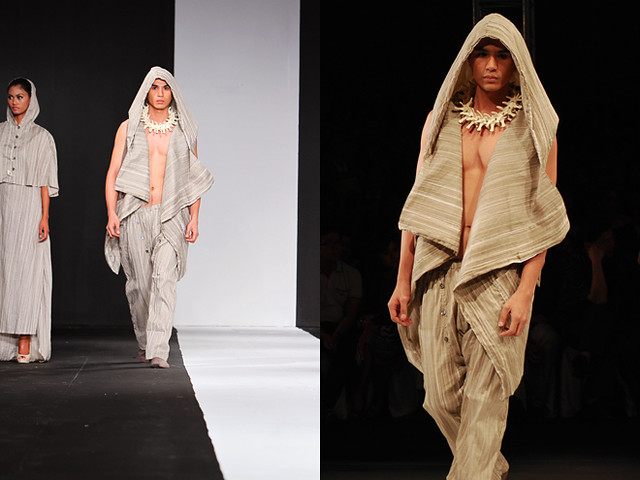
I have been following Don Protasio's collections for a few years now, and even if his aesthetic does not clearly fit into my own, his designs do not fail to intrigue me season after season. That is why, for the first time, I have purchased several of his pieces. But before I show you how I have decided to wear the desert nomad-inspired pieces from his Holiday 2011 collection, here is a rather extensive interview about the designer and artist, accompanied by runway photos from his latest show at Philippine Fashion Week.
How long have you been working as a designer? When did you start doing it full-time? What were you busy with before then?
I started designing when I was in college and consigning my clothes to little boutiques of friends. It got serious when I got involved in theater, designing costumes. When I stopped doing costume design I decided to go full-time by opening a store with fellow designer friends around 2004. So I've done fashion and sold clothes from that time until now.

When/how did you know that you wanted to be a fashion designer?
I have always been fascinated with clothing and unconventional fashion. Living in a farm, my exposure came from fashion magazines my mother bought, like Manila Womens Wear and old issues of Vogue. Then there was “Style” by Elsa Klench on CNN every Sunday afternoon. From there I was both shocked and excited that clothing has a concept, can be so varied and sometimes just purely creative in form, medium and execution. It was beyond the conventional offering I saw at the shops. I was in high school that time and it was my desire to be a designer, although I took biology in college just as a fallback in case nothing happened.
It has been a long journey from that point, but every step has taught me valuable lessons. It was at the moment when I couldn't think of anything valuable to do except making clothes that I realized I really wanted to be a clothes maker. I wake up in the morning and the first thing I think of is fashion. I can absorb and remember things related to fashion especially obscure labels and designers. I gave in to my passion, although at first I doubted whether there would be a venue and market for my kind of fashion. But the thought of not designing and not being able to create something was more painful for me to imagine; I knew I was going to die trying. Though I consider myself inexperienced, I always try my best and move forward each time.

Blogging: how does it complement your life as a designer? How different is “Don Protasio” from “Fuchsia Boy”?
The blogging started as a way for my friends to get updated about what's going on with my life—the food I eat, the clothes I wear, the parties I go to, my thoughts about things: all the stuff I wanted to share. I haven’t really thought about the difference between “Fuchsiaboy” and “Don Protasio”. For one, “Fuchsiaboy” is not really a manufactured or conscious persona to differentiate from “Don Protasio”. Of course, I don't put everything that happens in my life on my blog. But I see my blogging as an extension of my creative pursuits. I've kept it for several years already, so I'm pretty sure there is something essential that it gives to my life even though I really can't say what it is.
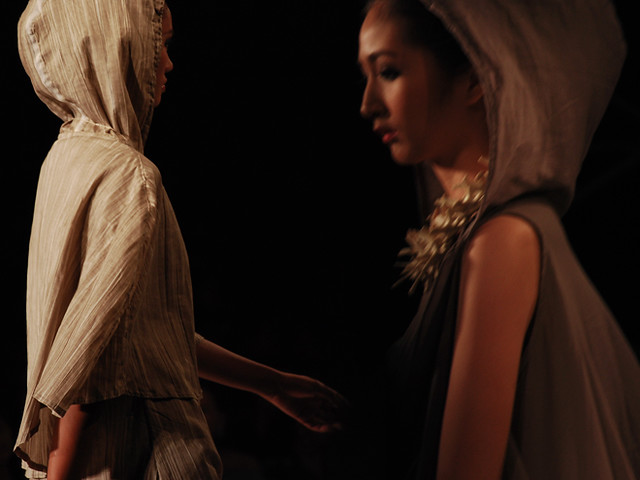
You have a background in art curating in Cambodia. Could you tell me again how this came about, your transfer from Manila?
I first came to Cambodia for the Angkor Silk Festival, where I was invited as guest designer. I did a fashion show with clothes made of piña and hablon (a woven fabric native to Iloilo). I met a lot of expats there. My friend Loven Ramos, a long time resident in Siem Reap, and the expats I met recommended me to take over an art gallery there. This was six months after [the festival].
That's how I worked at the Arts Lounge of Hotel de la Paix. There was no plan on my part to move but I was bored in the Philippines and I thought a change of place would revitalize me. An opportunity opened so I grabbed it. Six months after I arrived in Siem Reap, I opened a small shop in the lobby of One Hotel that sold my clothes and artwork by my business partner. We outgrew the space so we moved to a bigger area and called it Poetry. Recently, I had the chance to open my own shop that only sold my clothes. Now I have two stores.
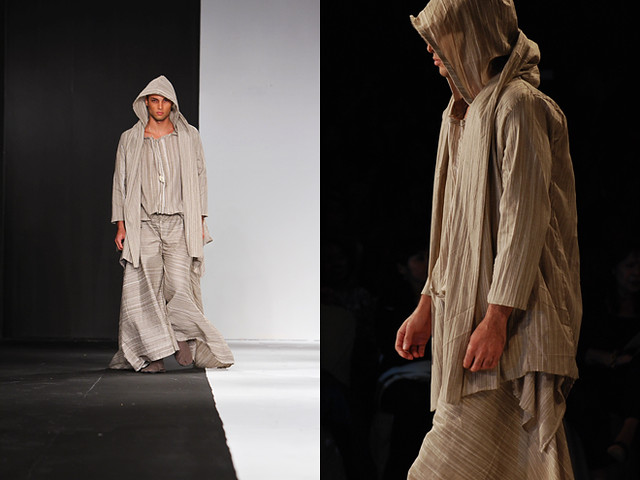
I see that you also have a blog on art in Cambodia. How has the Cambodian aesthetic influenced your designs?
Not in a very direct or obvious way but I'm pretty sure even just the energy of the place, the colors I see, the draping of the monks’ robes, the sounds from the temples and the sheer majestic presence of Angkor Wat have seeped into my work and how I view and shape things. My staff is Cambodian, so there is something Cambodian in there somewhere. Anyway, for me design is design no matter what nationality or race it came from.

Why did you quit your curating job?
After curating the gallery for two years, I thought I needed to concentrate on my designs since the business was growing. I extended for six months, which served as a transitional phase. Working in the visual arts was cool and fun but ultimately it was not my passion. Making clothes is.

Tell me more about your shop Poetry. What do you sell, look for in things you want to sell? Why “Poetry”?
My business partner, Loven, and I wanted a name that encapsulated something about the stuff we like. We thought that something that is good has poetry or something poetic to it. Like poetry for words, the poetry of fabric, the way art conveys something poetic. Thus the name.
We sell everything as long as it passes our taste. We have paper products, clothes, pottery, vintage finds, artwork, etc. My own vision is inspired by Dover Street Market. It's very eclectic in Poetry, like a souk. We curate everything and we include merchandise made by the people we admire aside from the items we produce in-house.
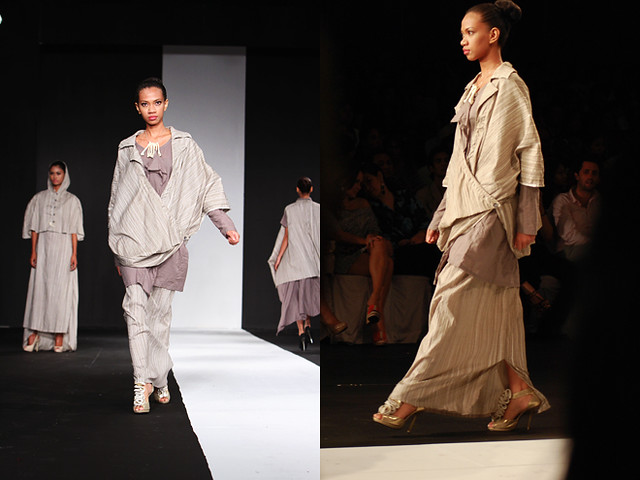
How does inspiration work for you? Where do you get/receive it?
It's always about capturing a certain mood for me. I base my collection on a certain feeling I want to express. Usually I find tangible representatives to illustrate it. For my Fall/Winter 2011-12 I was feeling freedom and release so I thought of the desert and nomads. There’s also a vein of androgyny to the shapes I always produce. Often I find solutions to my own clothing problems. So in a way my collections are my extreme vision of what I would wear, styling and all. Of course, on the runway it's ok but in real life it could sometimes be impractical unless you collapse looks down to pieces.
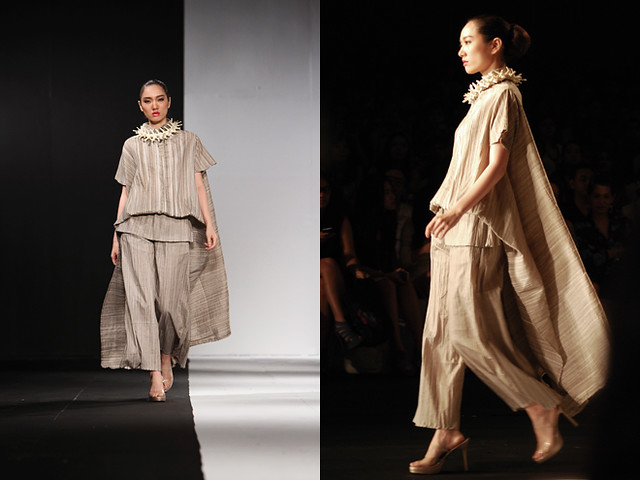
What for you is good design?
Good design melds function and aesthetic into one form with respect to a certain context of time and milieu.
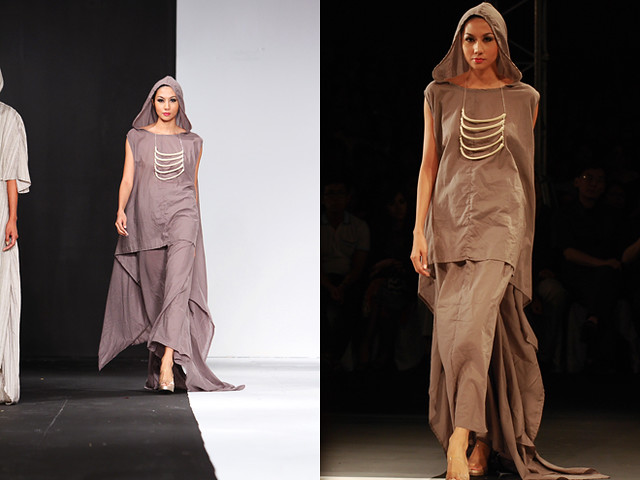
Who do you consider as conceptual “mentors” in terms of design? What have you taken from them? How have they pushed and inspired you?
Helmut Lang has been my design hero. There was something about his designs that resonated with what I wanted for clothing and fashion design to be. His views about the relationship between the body, architecture and pop culture captured the obsessions of the early 90s when people started to react to the effects of the economy. I think what he wanted to convey is still relevant now that we are experiencing a global economic crunch. In a way you want clothing that functions in a utilitarian way but also has that little something of a twist to lift it from the mundane. That is what I love about Helmut's work: he can make something so ordinary, so basic into a clever piece of design. He has been my greatest influence when it comes to aesthetic, I guess. But I also love the works of Ann Demeulemeester, Rick Owens, Christopher Nemeth and Martin Margiela. In a conceptual framework I admire how the minds of Rei Kawakubo, Yohji Yamamoto, Phoebe Philo and Raf Simons work. Lately, I'm loving what Damir Doma, Boris Bejan Sabeiri and Alexander Wang are doing.
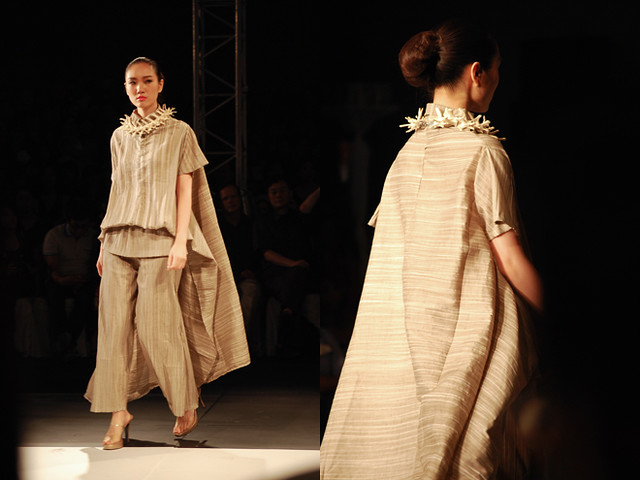
In general, what motivates you, moves you, will make sleepless nights worth the effort?
Having my business work motivates me. Designing is part of it but in the bigger scheme of things people rely on me for their wages. So it's important for me that I can live off my passions and be good at what I do. If people buy my designs then it motivates me to do more. So I can have a certain lifestyle that is comfortable. And I love to travel so I save up for that, too.

What do you think of fashion “seasons”? How should they apply to the tropics? (Spring and Holiday?)
The seasonal demarcations become a mere footnote to what's happening in the fashion capitals. I don't know if it's relevant since most local designers have a made-to-measure set-up anyway. There's Resort and Pre-Fall too, which have become very important now that consumers want new pieces in the stores all the time. For me it's important to have the seasons so I can take note of the progression of the developments we've made for my label. But generally I view my label and the work we have done as a “work in progress”.
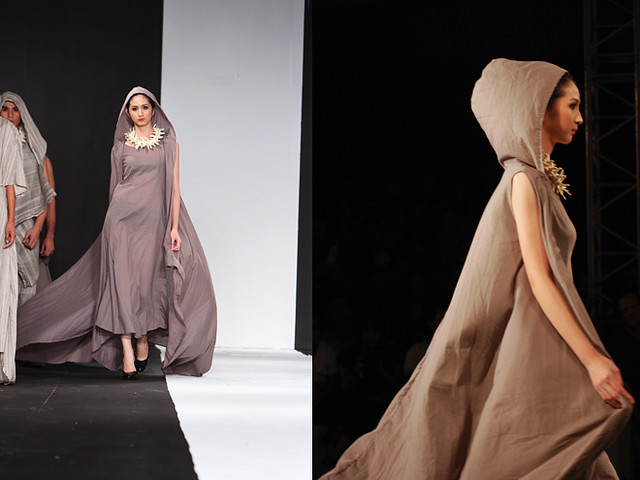
How has life as (essentially) an expat influenced your work and your vision?
In terms of place, Siem Reap has a different market compared to what I was used to. SR is a tourist town because of Angkor Wat so my customers are mostly tourists. As an expat, I feel it really doesn't matter, except perhaps I'm more “led” to produce something towards a direction that is “resort” in feel. Honestly, I like that I'm more commercial now because I love selling my clothes. It's not just about expression anymore, although I still think I'm edgier than most of my contemporaries; it's a balance between that and commercialism. I don't think you're really successful unless your clothing moves. I don't want to produce clothes that stay on the rack. I want people to buy and wear them!

Do you think designers in general are obligated to “give back” to their countries of origin? If so, in what way should they do so?
I'm a designer. I don't think of my nationality or origin when I design. I guess it's more innate anyway. Whatever experiences I had and the values that shaped me, those are the things that influence my output. But I'm proud to be a Filipino designer. I'm just not compelled to advertise it or to use distinctly Filipino elements in my designs. Should designers feel obligated to give back to their country of origin? Only if they want to. In what way? Creating jobs for his countrymen is a noble way to do it.
Photography by Edrick Bruel and Nelson Villarica
Accessories by OS